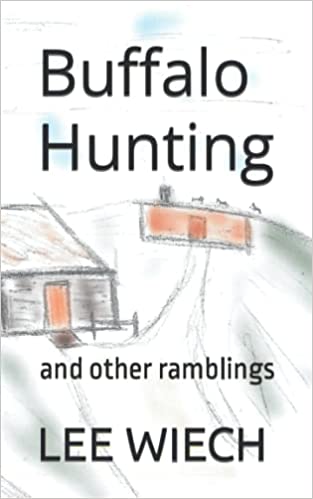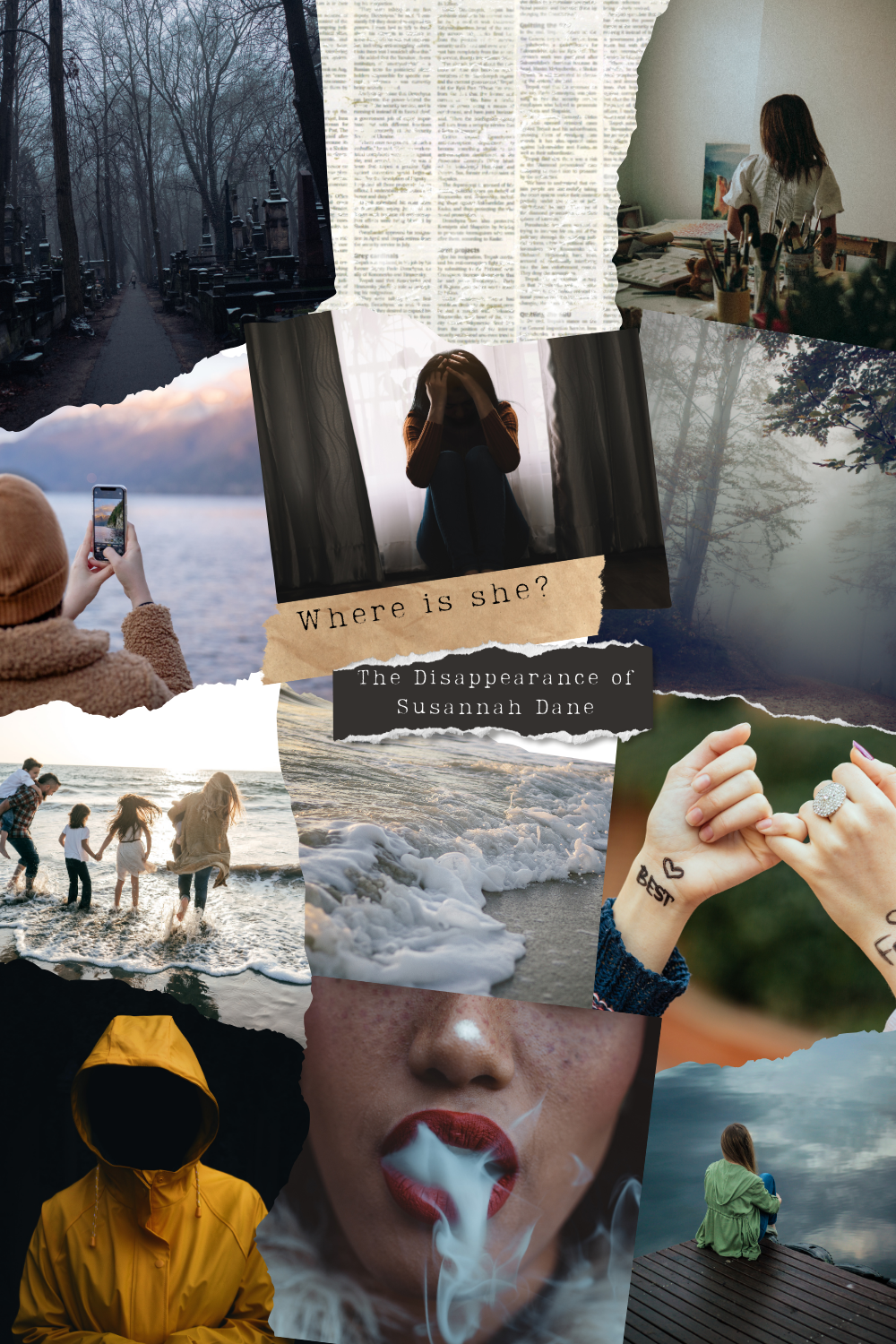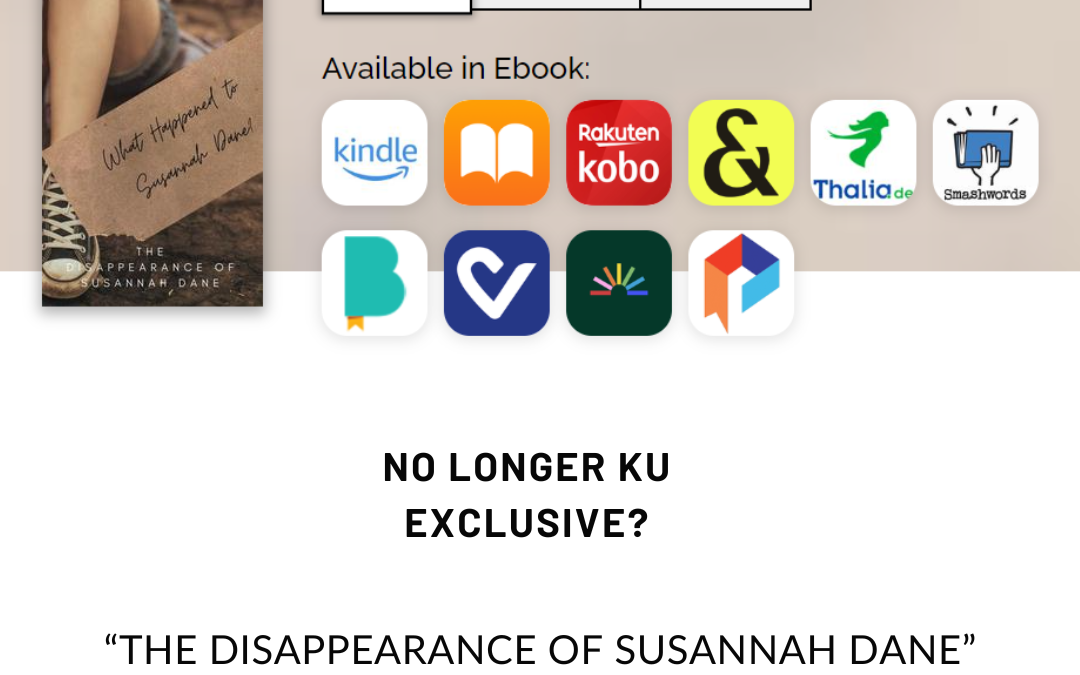Review of Buffalo Hunting and Other Ramblings by Lee Wiech
An Unexpected Gem
I get a lot of emails from authors asking me to read their books and review them. I try to read as many as I can, but since I am also writing my own books, writing books for clients, and reading books on my own time (just for fun), it would be impossible to read them all.
So, when I was asked to Buffalo Hunting and Other Ramblings, I agreed that I would give it a try but I made no promises on how timely I would be in my review. You see, the cover was a little baffling to me. It does not look like the covers you expect to see on novels today, with their high-resolution text and glowy, swirly fonts, and stock images. On the cover of this particular book is a simple drawing of a cabin. I downloaded the book onto my Kindle and promptly forgot about it for many months.
It wasn’t until late at night when I was looking for something to lull me into sleep and scrolling through my Kindle library that I remembered the book. I opened it up and started reading and let me tell you that I did not stop until almost three o’clock in the morning.
I cried when I read this book. That very rarely happens to me but something about this story was so touching and felt so real, that I was hooked. I didn’t stop until I finished the book.
This is not the type of story that I typically set out to read. I will devour a good mystery or a funny romance book in a few hours. I regularly read and re-read nonfiction. This book is none of those things.

About the Book
It starts as a story from a simpler time when horses were the main mode of transportation and large families squished into tiny cabins like sardines. In a similar tone to Little House on the Prairie or My Side of the Mountain, it reads like a personal account from the main character. It feels so real, in fact, that I caught myself reminding myself that the author’s name was Lee and the character was named Marcus and it occurred so long ago that they couldn’t be the same person.
The story is told with simple language, tailored to the way people would have spoken to each other in the late 1800s/ early 1900s in the South. The sentences had short apt descriptions which made the book feel like a Hemingway story. He didn’t need to mince words to place you in the scene or relate to the characters.
There is a lot of historical details in the book too. There is a scene where our young protagonist curses in front of his mom and she sticks a soap bar in his mouth and whips him. And the soap burns his tongue and mouth badly enough to give him lesions that last for a week. Of course, this makes sense because soap was made primarily with lye which could give burns like that. But it isn’t something I would have thought about since soap today generally is made with glycerin and would not (though I still don’t recommend putting it in your mouth.)
This book captures the innocence of boyhood. It follows Marcus as he evolves from a naïve kid to a hopeful adult. Part of Marcus’s evolution is his relationship with Quanah, a Comanche girl that lives with her mother on his grandfather’s farm. I was nervous about this premise. Why do they live with them? This isn’t like a promotion of slavery, is it?
It doesn’t appear to be. The relationship seems to be mutually beneficial and ultimately, the friendship between the two young teens is what holds them together. They enjoy spending time together and they get into trouble. They deal with life and death scenarios. They deal with their dueling religions and racism. And I think this is well done. We aren’t viewing their love story from this “he saves her from her horrible life” perspective. They are equals. They have similar interests, they enjoy the same things, and Marcus is utterly blindsided by his family’s rejection of their relationship. When they decide to marry, Marcus and Quanah are forced to eat outside and his family altogether cuts him out. But he is empathetic and understands that this is what Quanah has faced her whole life. Instead of trying to force her to change, he decides to treasure her. They don’t save each other. They grow together and when things get tough, they choose to work hard to pull themselves through it.
It’s a good example of friendship within a romantic relationship and it’s good writing.
The Book Description:
While the author was pursuing his family history Mr. Lee discovered a history regarding German immigration with land granted them by the “Republic of Texas.” This led to learning about the 1847 Comanche peace treaty as orchestrated by the leader of the Society for the Protection of German Immigrants, John O. Meusenbach. Based on what was learned of Meusenbach’s philosophical approach to the treaty, the author believed that a story about young people, a Comanche girl, and a German boy, coming of age would serve this historical narrative well. These two principal characters played, learned, grew up, overcame racial intolerance, married, and lived a long productive life together.
An Atypical Story with Unusual Formatting
Near the end of the book, there are “Ramblings” or just other short stories or funny tales from the author that are more or less completely unrelated to the main story. I did not feel as connected to these and personally, I think the book would be more marketable without them. The stories aren’t bad, but it isn’t a practice that today’s readers are accustomed to. If it were me, I would write an epilogue about the main family and save the stories for a blog. Nevertheless, the book offers an interesting perspective.
I will also say that the version of the book that I read needed some help with the formatting. My version had some formatting errors, but I’m not sure if that was my fault because I might have converted the PDF to a MOBI myself to put it on my Kindle, or if that was the version that I was sent. So, keep that in mind.
My Personal Bias
So, if you have just read my description of the book and the errors that I found, you might feel baffled as to why I enjoyed it so much. The book is not perfect and in some ways feels like a raw manuscript. This probably bothers me much less than it might bother other readers because I am a writer, accustomed to reading first drafts, beta reading, editing for clients, and just generally looking for the story beyond the grammar. So, these things were a non-issue for me.
I spent some time reflecting on the book the next day. I remembered parts that stunned me, that filled me with childlike happiness, that informed me and I made the connection: I have a personal bias to this story.
When I was a little girl, I loved to sit across from elderly visitors that my parents had and I would absorb their stories. This book reminded me of what it was like to sit there and listen to those stories. I recalled an aunt telling me how cold her hands were when she had to milk the cows before the sun came up. I remembered my mother telling me about how their home didn’t have indoor plumbing and they had to walk to an outhouse in the forest. These stories were gripping to me then and they still are today. So, I might have been the perfect person to read this book and enjoy it because it brought me back to that time in my life. A simple time.
It was that love of stories that inspired me to write stories of my own. It’s why I write and finding unexpectedly wonderful stories like this is why I love self-publishing too.
This is probably not a book that would have mass-market appeal. You wouldn’t find it at Walmart. But there is an audience for stories like this and I am part of it.
If you love historical fiction or you know a kid who reads middle-grade books, consider purchasing this book.






Thank you so much for the wonderful reviews.